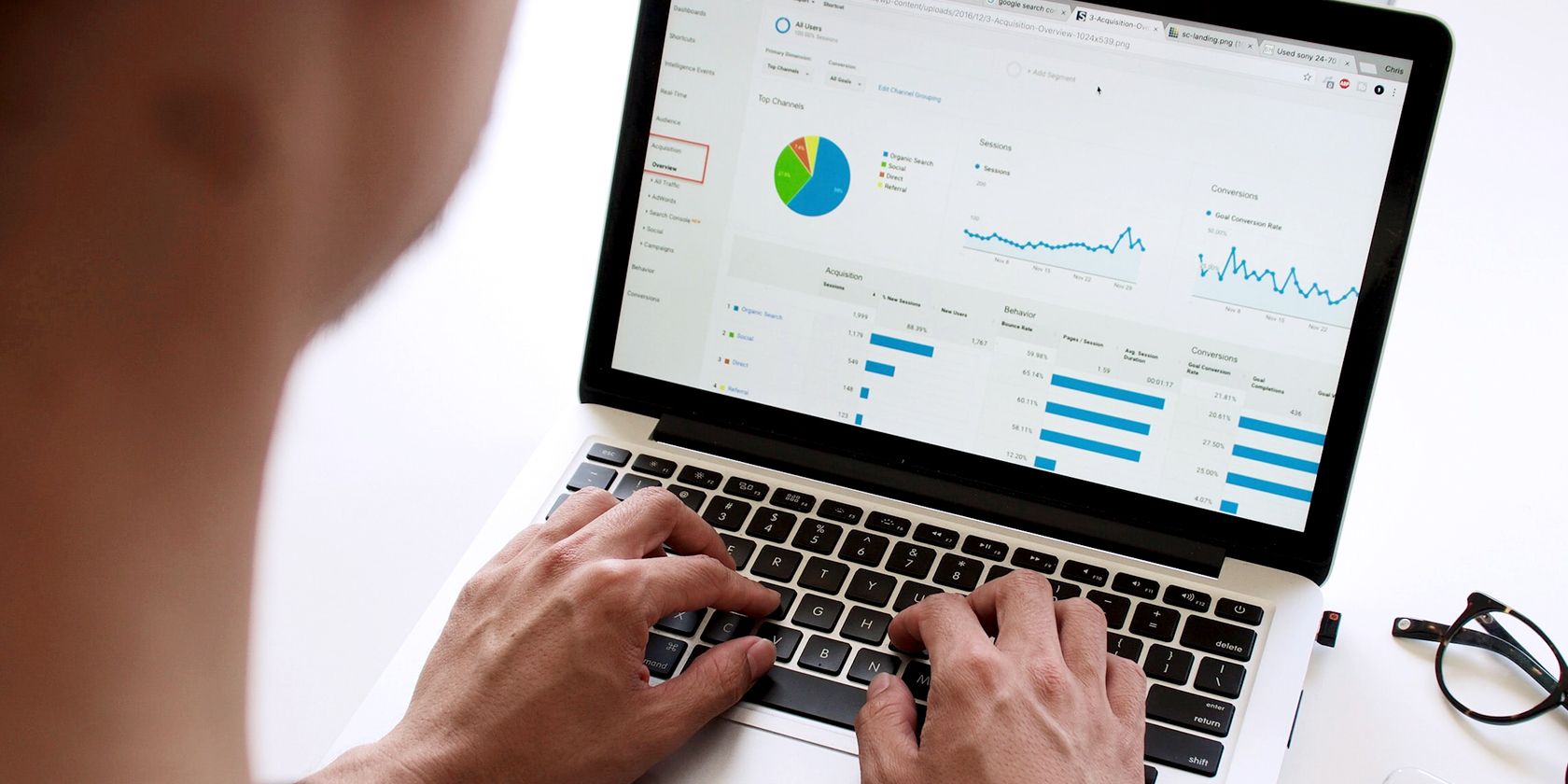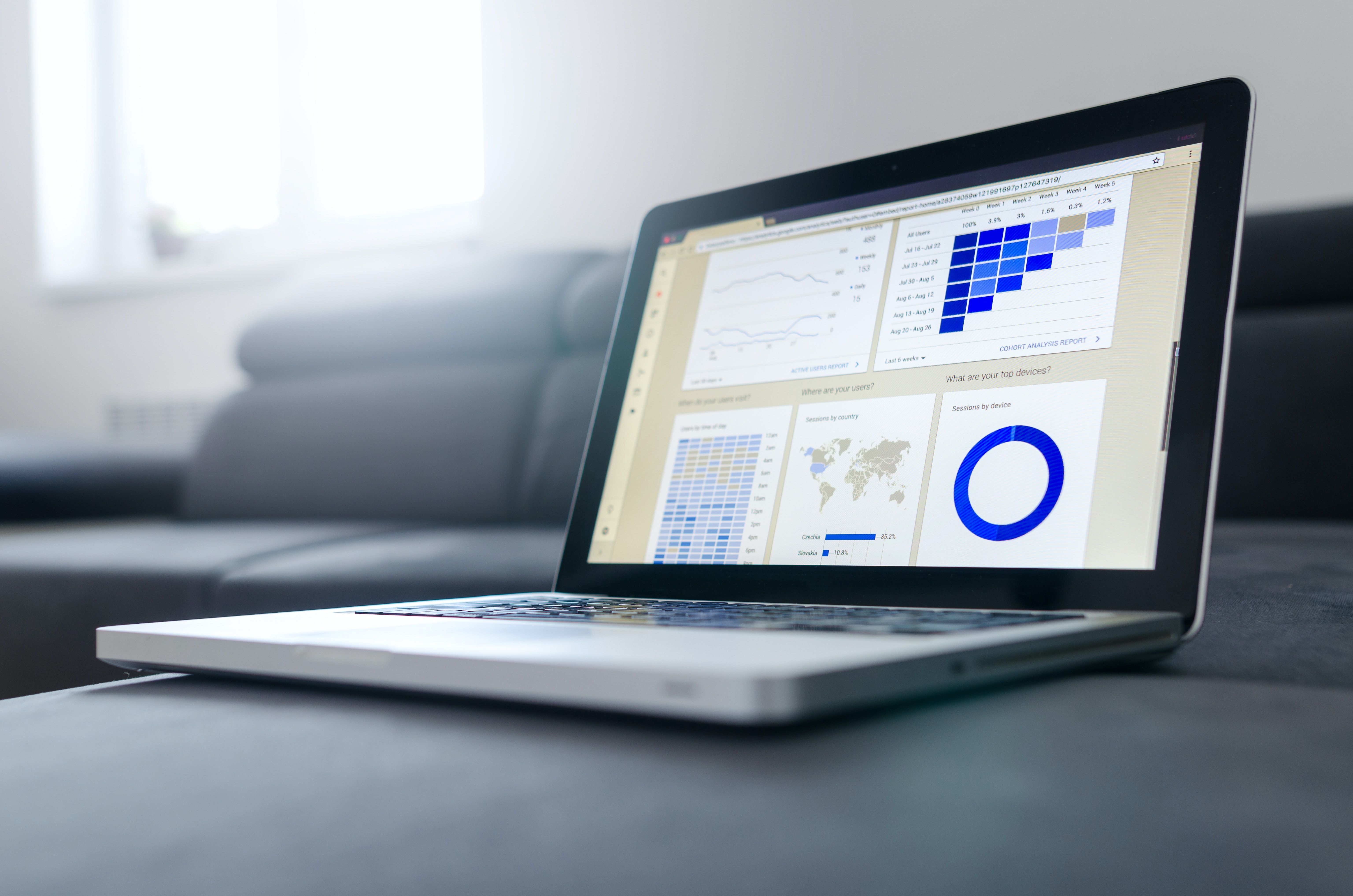For every email marketing campaign out there, you've got to give the patron some way in. This conversion point is called the moment of opt-in. They like you, and they want to hear more from you.
Over time, the world of digital marketing has found itself at the same impasse, time and time again: single opt-in or double opt-in? What is the difference, anyway?
What Is the Difference Between Single Opt-In vs. Double Opt-In?
A single opt-in scenario is one in which your subscriber hits the button one time and one time only—on your site, through an email, or on social media. After doing this, they're completely subscribed to your newsletter or whatever else you're sending out.
Double opt-in gives your patron one last opportunity to back out of their subscription. Instead of being signed up immediately, they'll instead need to confirm again through a confirmation email or through some other channel.
Both come with their pros and cons—double opt-in, for example, might help you clean up your analytics because only those who are truly interested in your service will end up finalizing the process. This is actually ideal for more valuable data and insights. You'll have a much more receptive audience represented on your mailing list.
Those doing what they can to streamline their conversion funnels, on the other hand, may prioritize the simplicity of a single opt-in.
It's likely that single opt-in conversion rates tend to be lower and that a single opt-in list may need to be purged more frequently, but your results may vary. Try what feels right, and maybe do a couple of A/B tests while you wait for the results to make themselves clear.
Is Single Opt-In or Double Opt-In Better for Business?
The best thing for your business is a great product, a phenomenal brand, and a lot of passion. Your opt-in strategy will end up being as successful and as well-received as the name backing it up.
Neither choice is wrong or right. Consider your platform, audience, and line of business when weighing your options.


